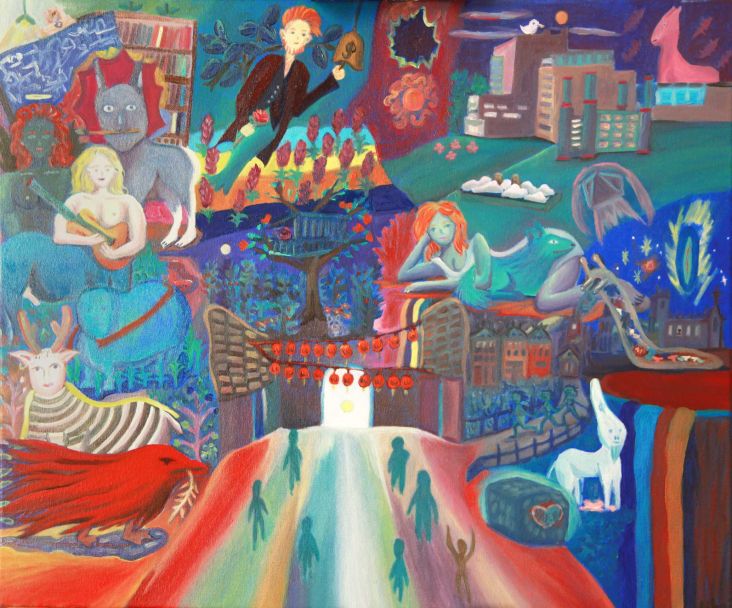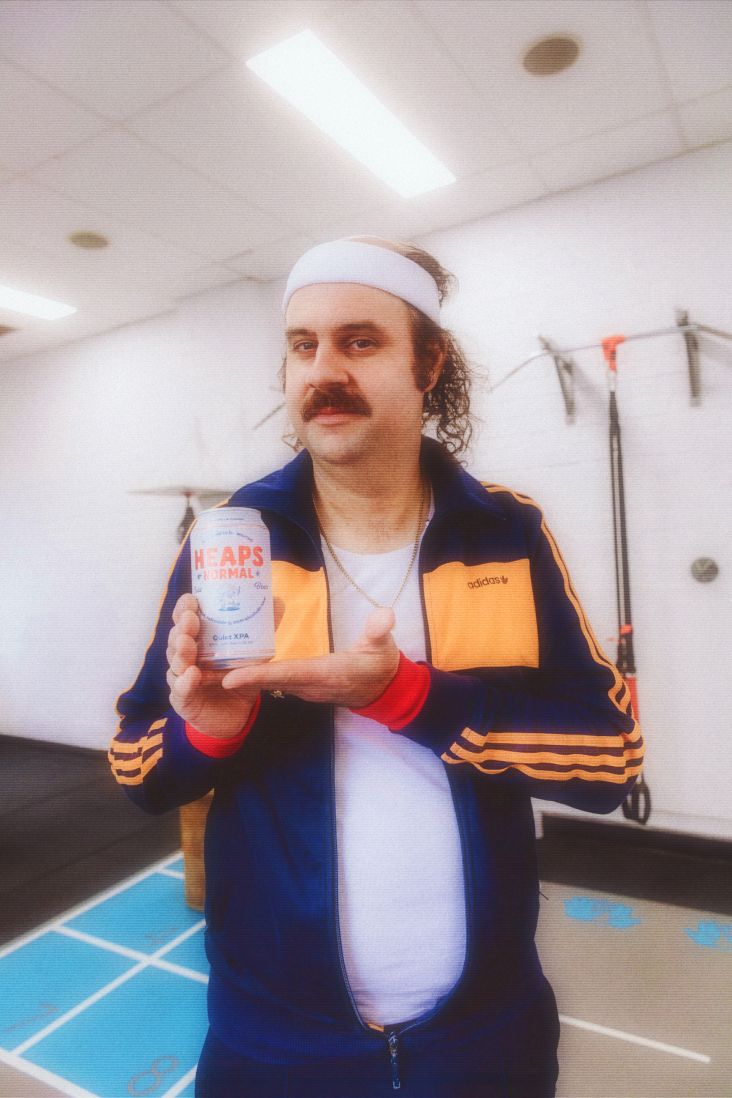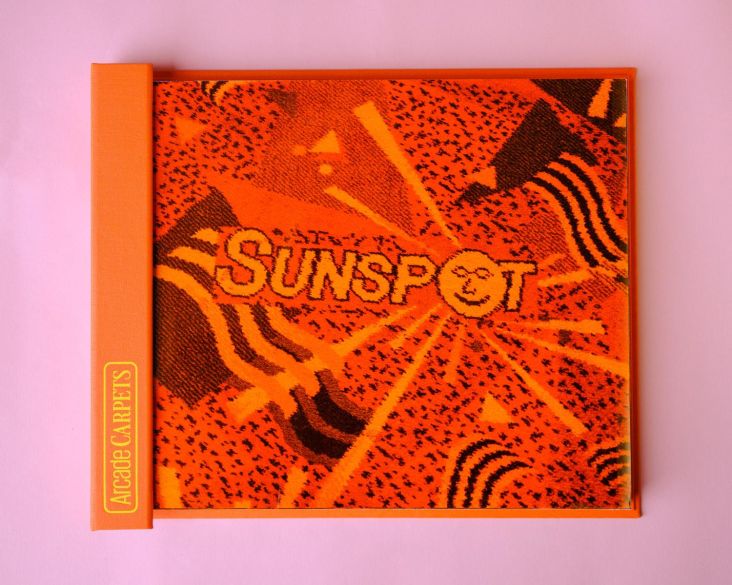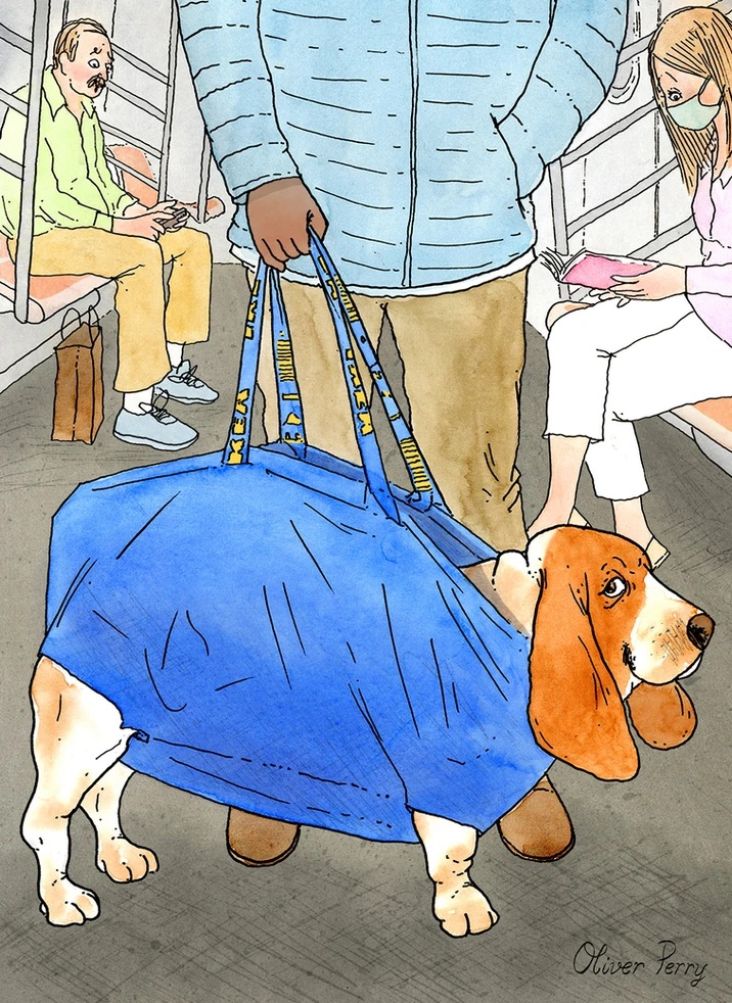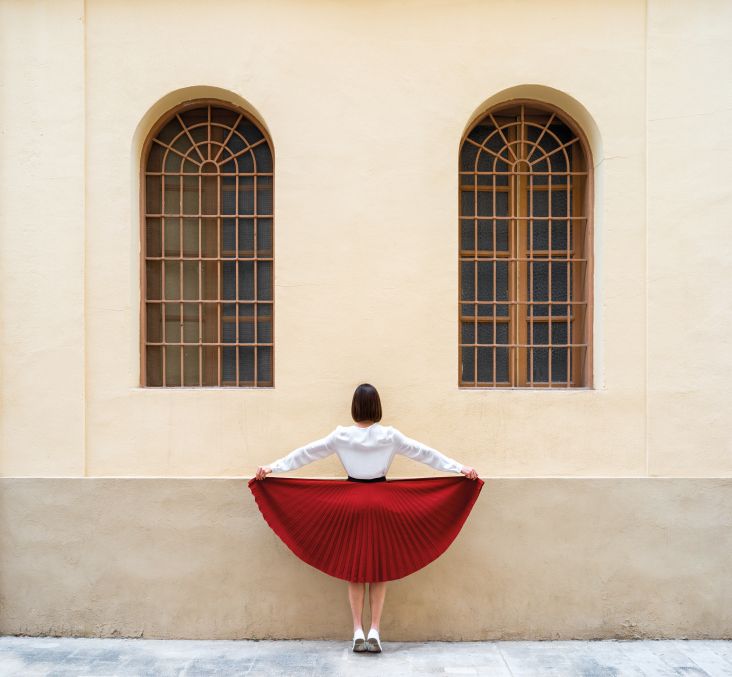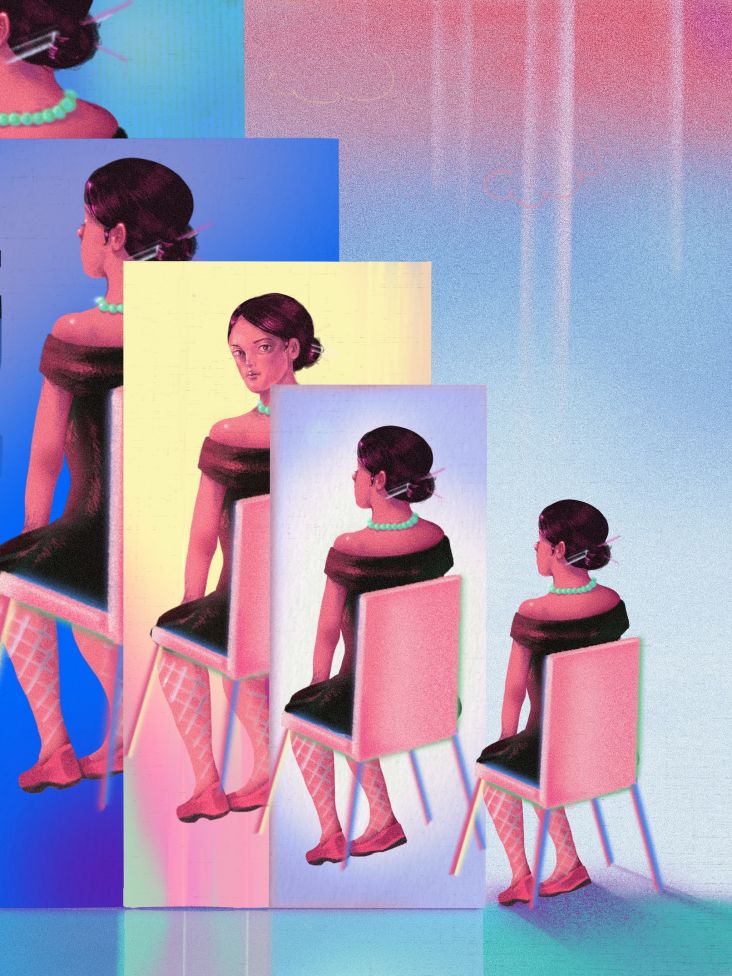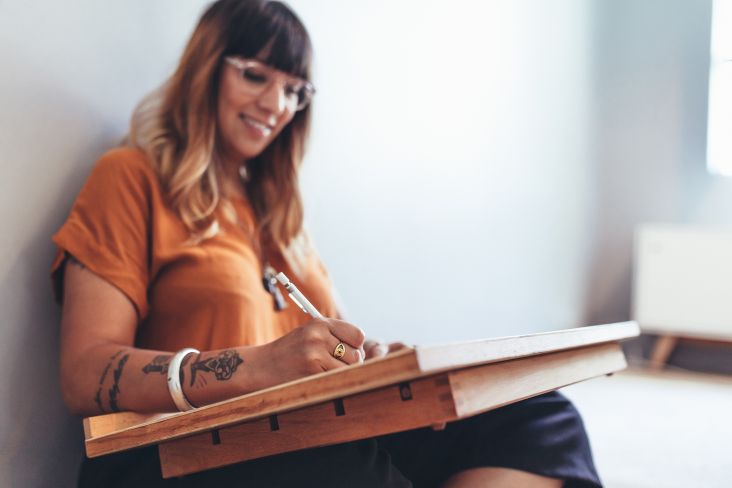The Matador: photographer Owen Harvey explores the divisions surrounding Spanish bullfighting
London-based photographer Owen Harvey delves into the rifts surrounding Spanish bullfighting in The Matador, a new series of images which examines the blood sport's history, its impact on younger generations and the values which people still draw from it.
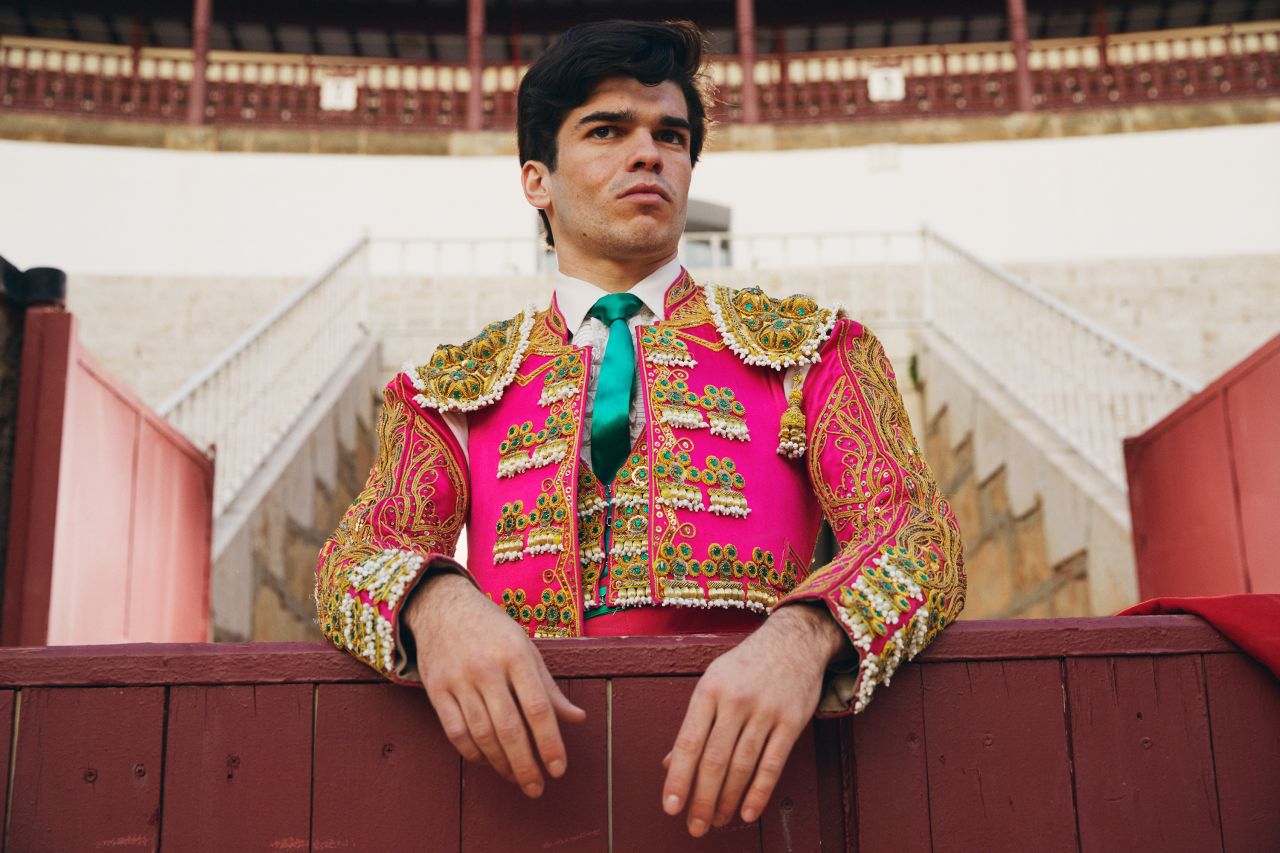
Dating back to 711AD, bullfighting is a landmark of Spain's culture and identity. But with opinions split over the relevance of a blood sport in the modern world, the once proud institution appears to be in more danger than the men who proudly swish their red capes in the bullring. Will younger generations pick up the baton, or will public consensus and politics consign it to the history books?
This is the backdrop for The Matador, Owen Harvey's latest series, which saw the photographer meet with multiple generations of bullfighters (working with producer Candy Field). In these images made possible by the Joan Wakelin Bursary, Owen examines not only the teachings of respect, courage and discipline which bullfighting has instilled in men, but he also turns his lens to the culture of machismo, which extends well beyond the arena.
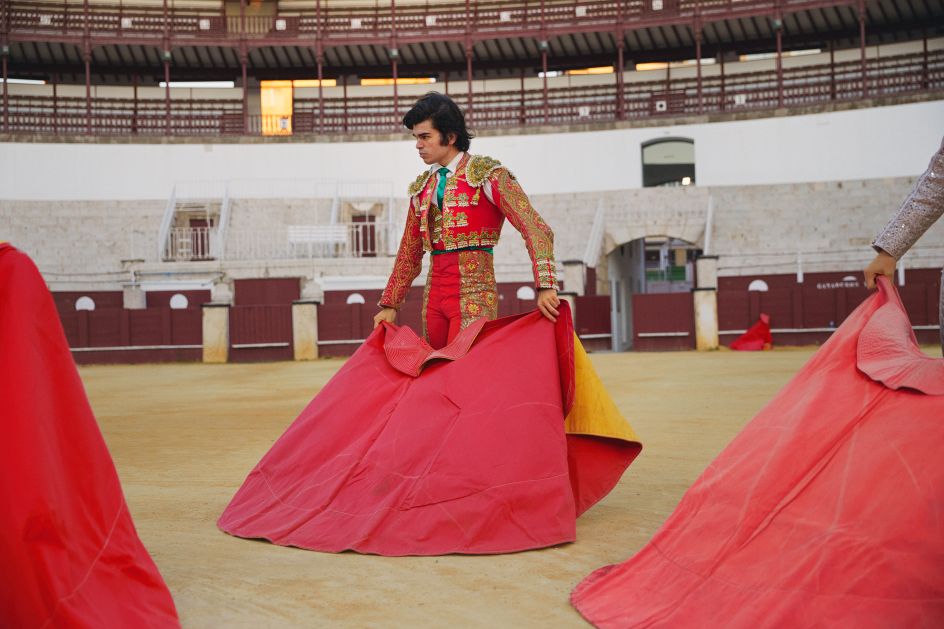
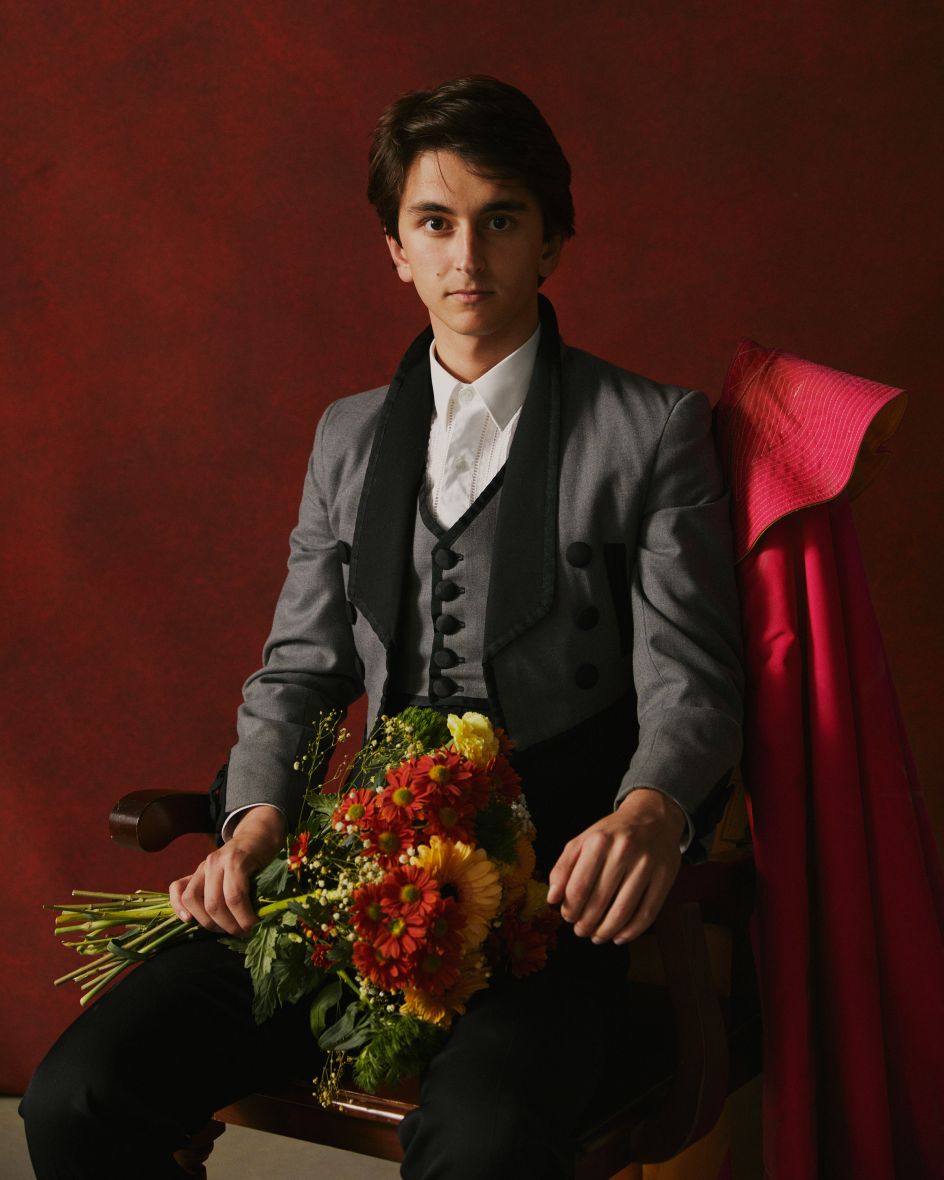
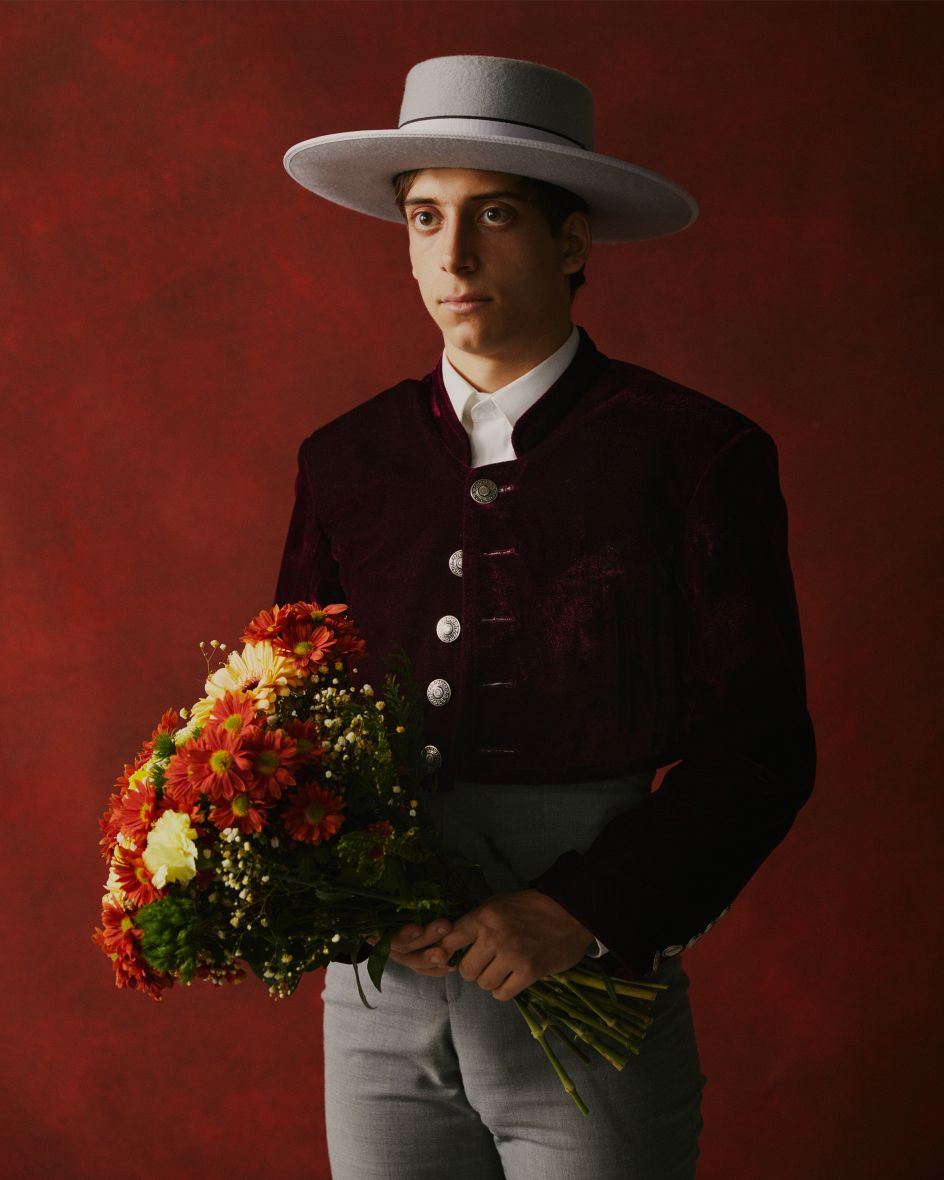
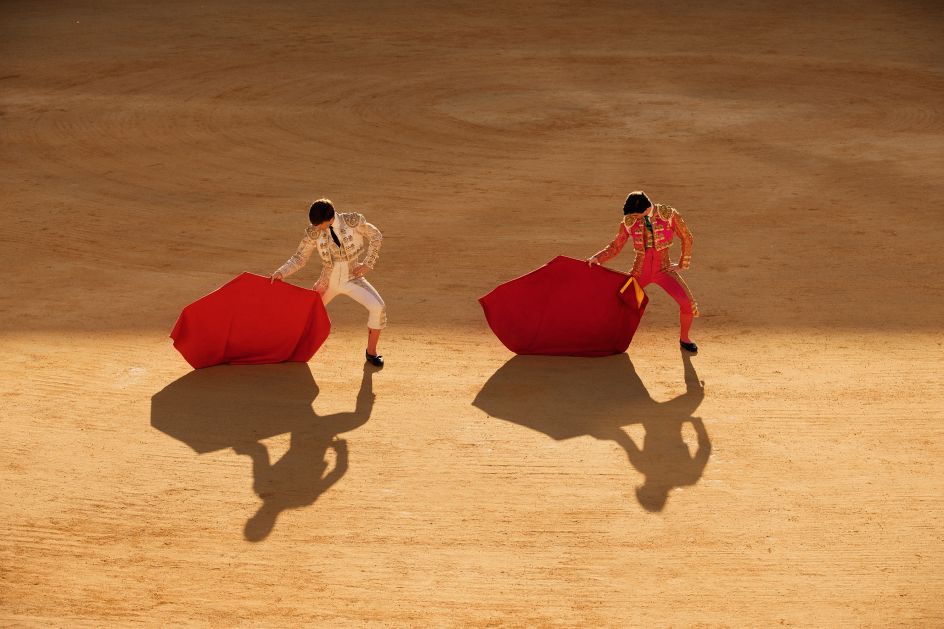
As well as familiar images of the matadors and their signature, flamboyant clothing as they perform in the bullring, this series relies on comparatively more composed portraits to document the stoicism currently running underneath the institution. Paired with imagery of the weapons wielded by matadors and the ominous, looming horns of the bull itself, these photographs created a multi-faceted snapshot of a rich history facing an uncertain future.
Just like various projects in his portfolio, including his photographs of Lowriding in America's Latino community, Owen's inspiration for this series has come from his own upbringing. "I have been working on photographic series throughout the last decade that focuses on identity, heritage and notions of what family means," Owen tells Creative Boom.
"Bullfighting lends itself to photography very well as it is an extremely visual subject, but more importantly, it holds those themes that I'm interested in exploring," he adds. When going into making the work, Owen was particularly interested in seeing what bullfighting still offers these young men.
"What is lost for these young men if bullfighting is to end?" he asks. "I wanted to capture various moments, from training and the bullfights to the trainee matadors in their family homes."
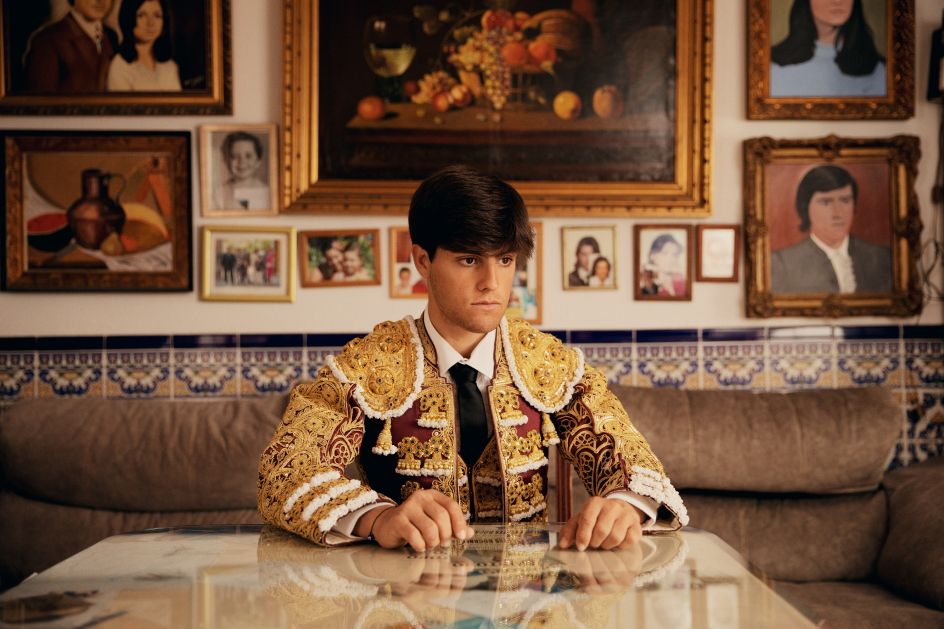
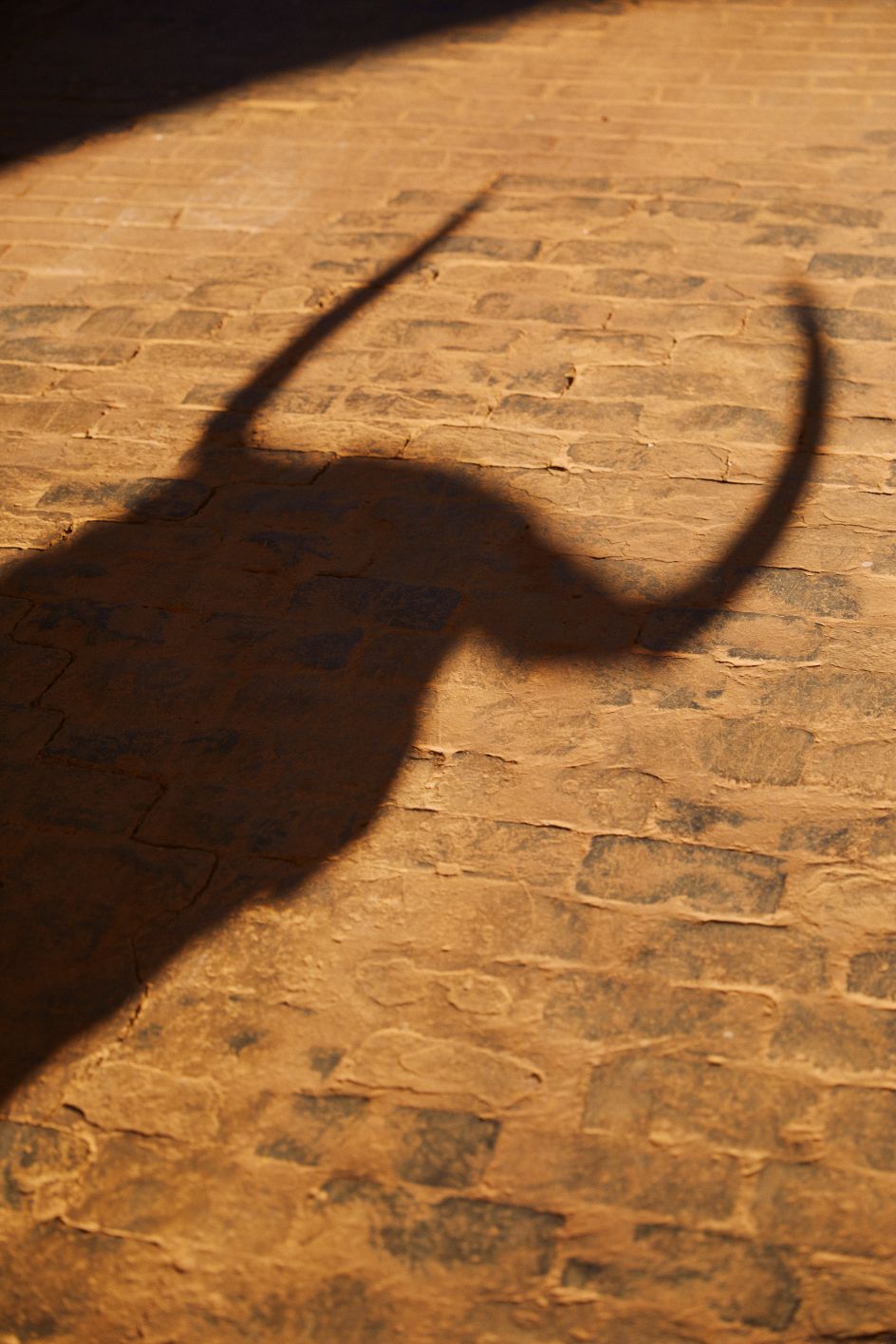
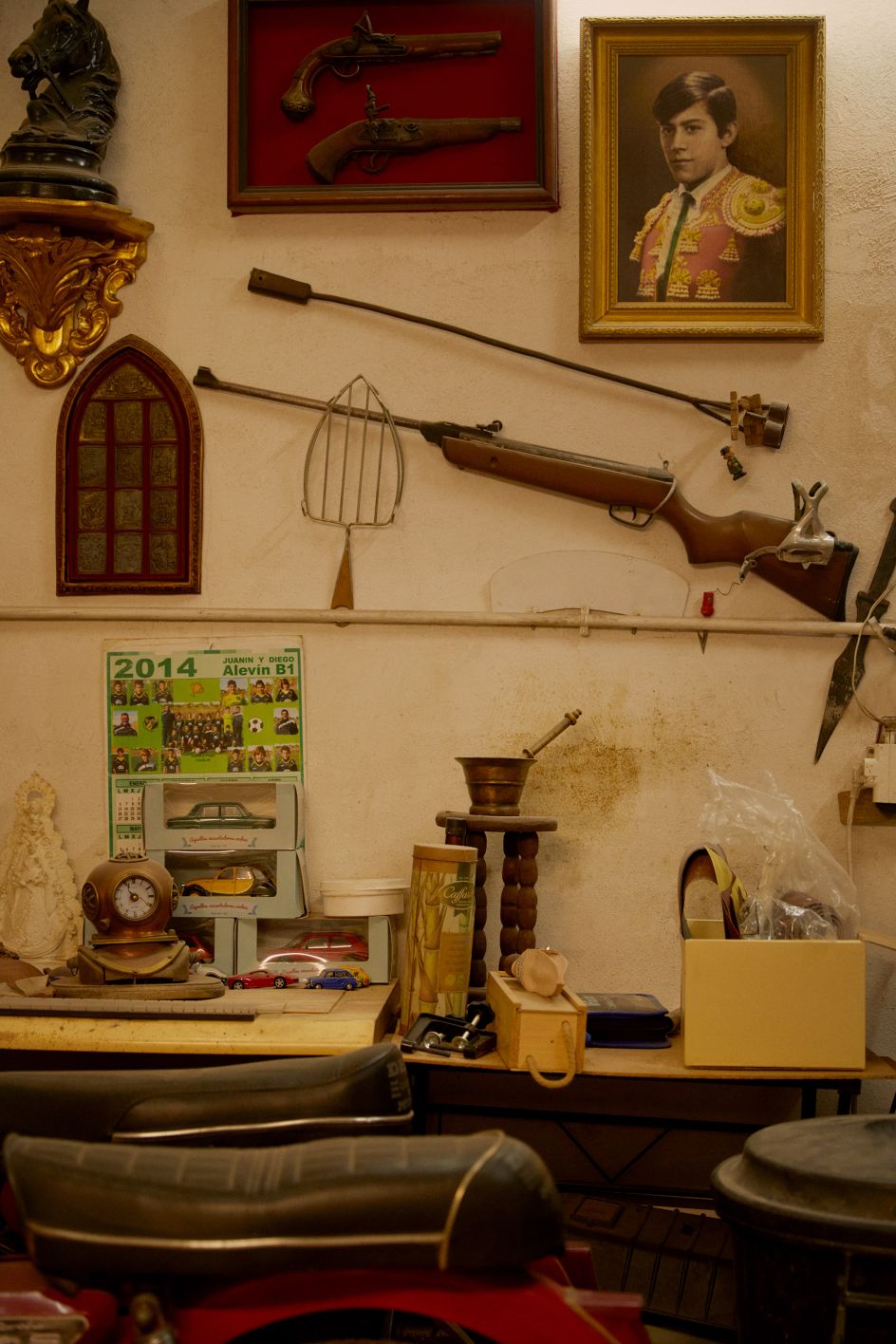
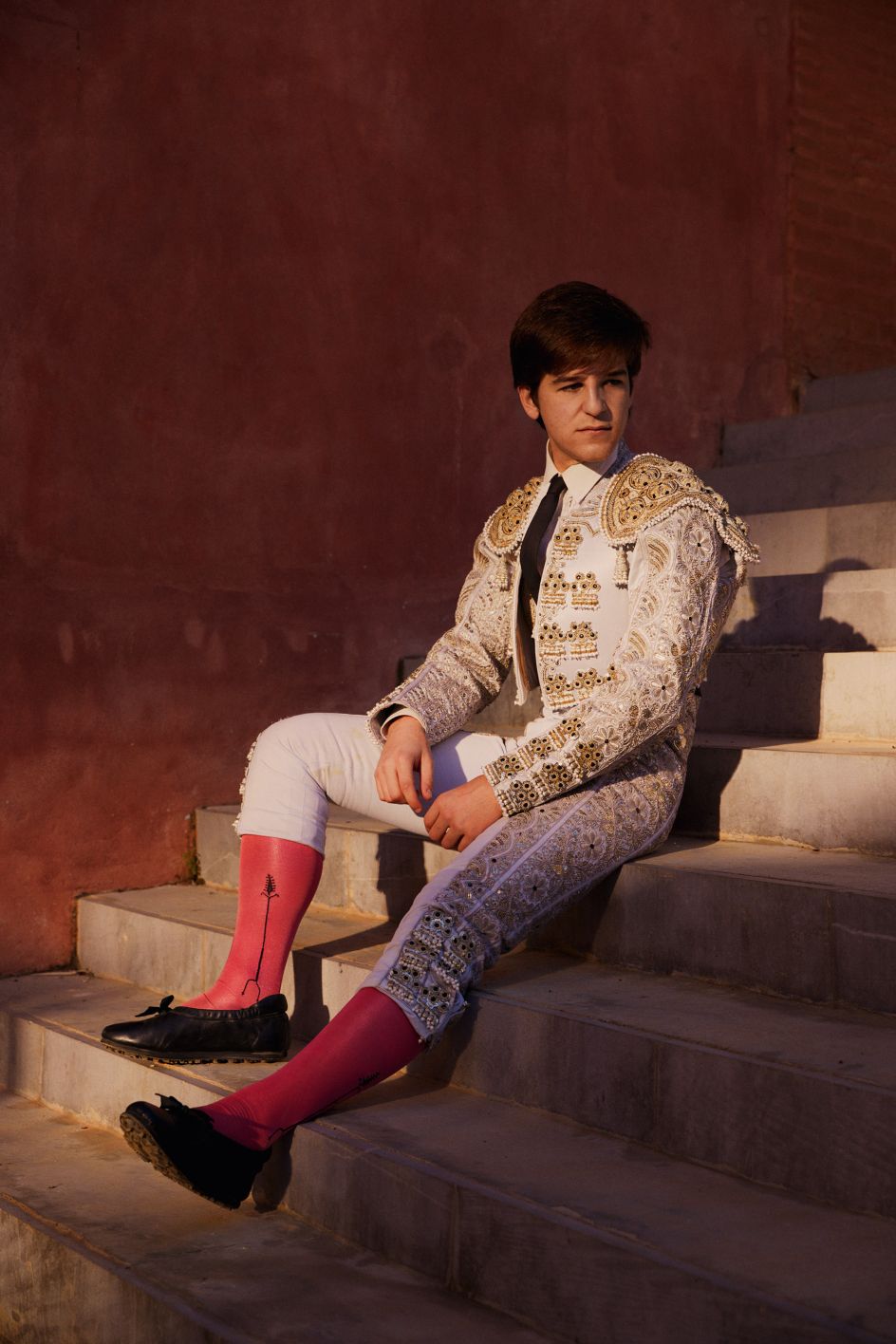
A pleasant surprise from making the project came in the form of David, a young matador born into a long line of bullfighters stretching back for generations. After being invited back to David's grandparent's house, Owen was treated to "a treasure chest" of bullfighting memorabilia.
"His granddad dressed the bullfighters before their fights, and it was clear that this was their family bond," Owen reveals. "He shared many stories with us and showed us the Traje de luces (suits of light) that had been passed down from generation to generation."
The act of bullfighting itself was also something of a shock for Owen, as it was the first time he had witnessed the performance first-hand. Struck by the "intense environment", the anticipation of the audience and the speed of the bull itself, the blood sport appears to have lost none of its impact over the centuries.
"There is a real feeling of tension," says Owen. "And to see this young, slim teenager in the amphitheatre with such a large animal is quite shocking, knowing that the life of both the Matador and bull is on the line."
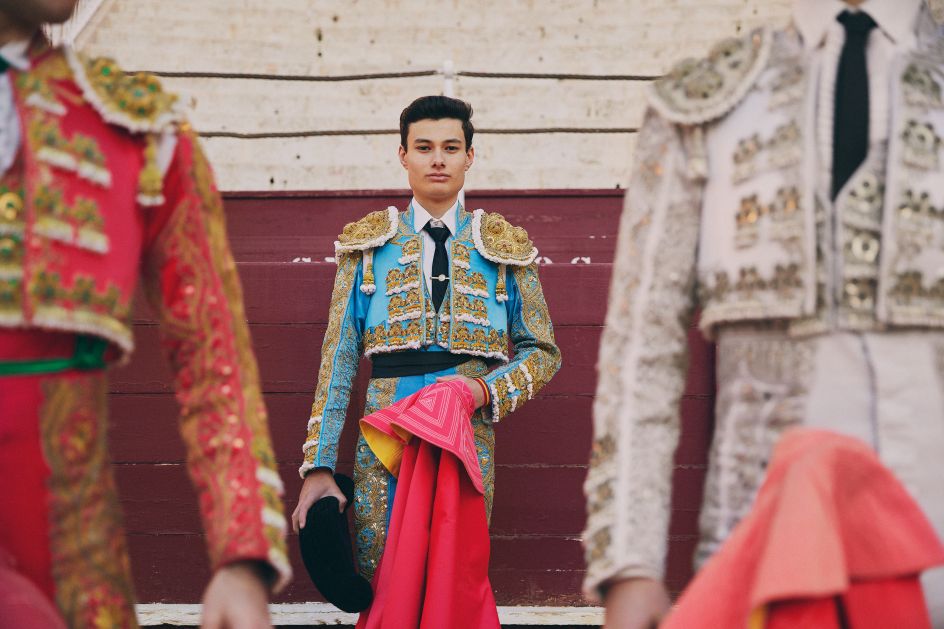
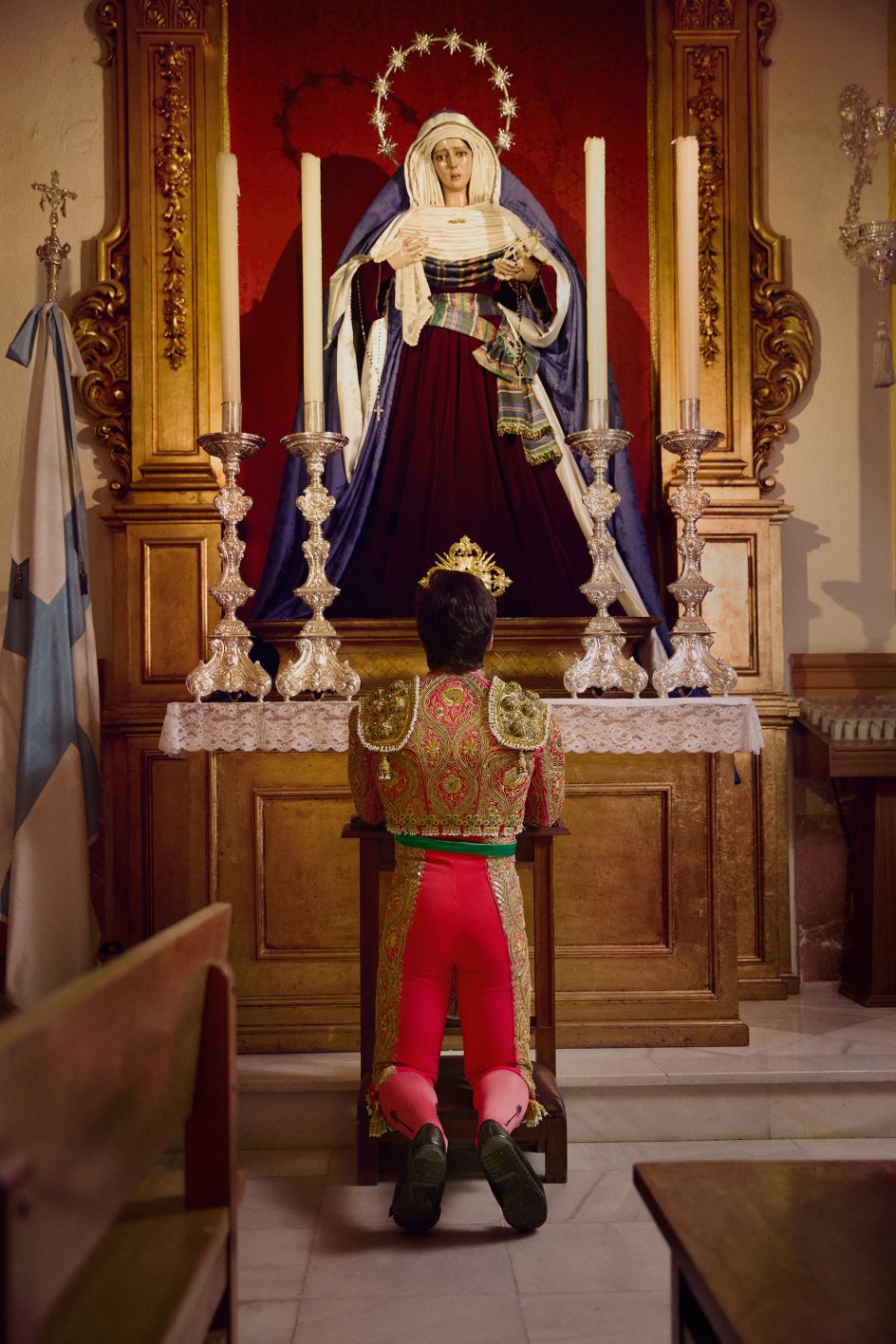
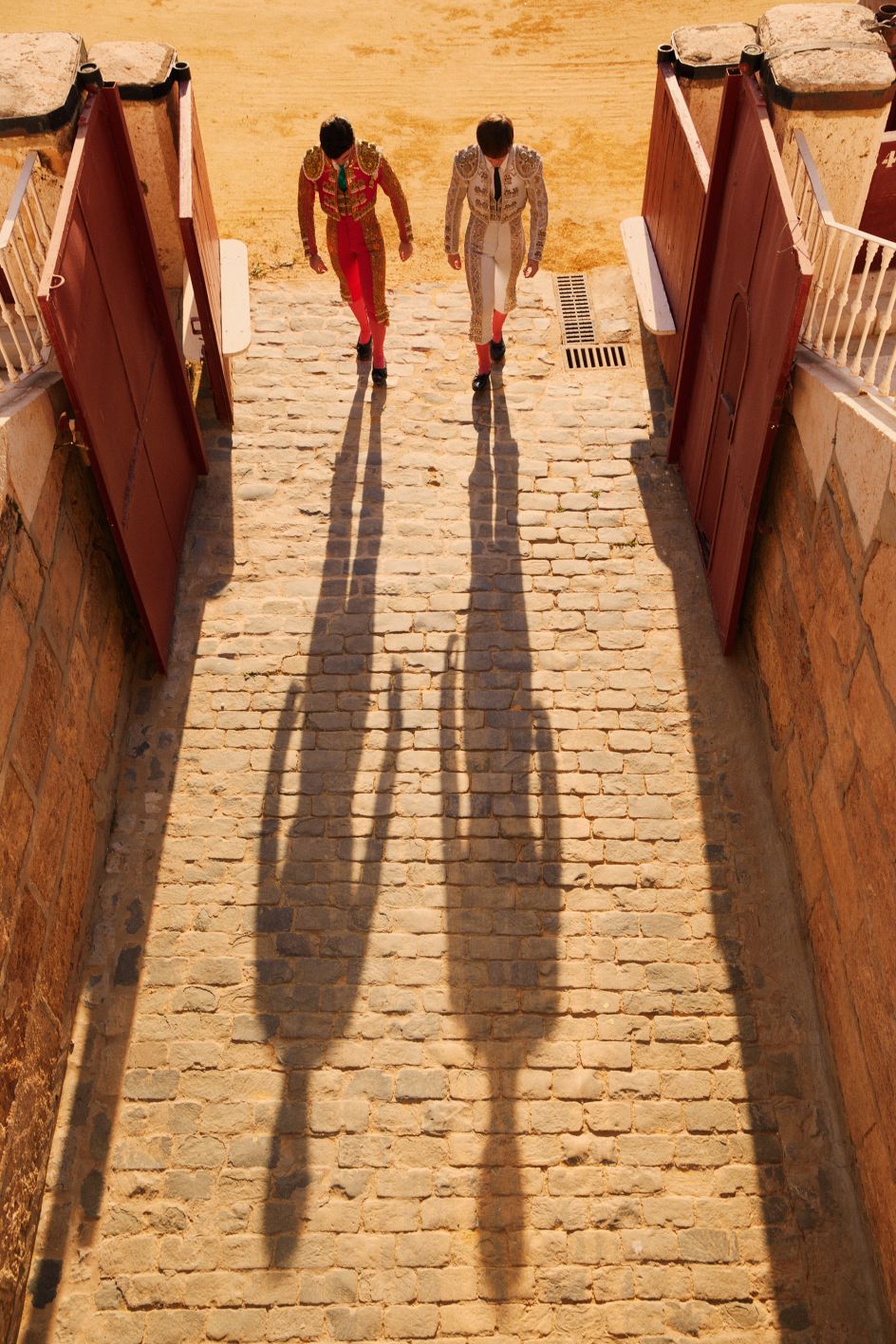
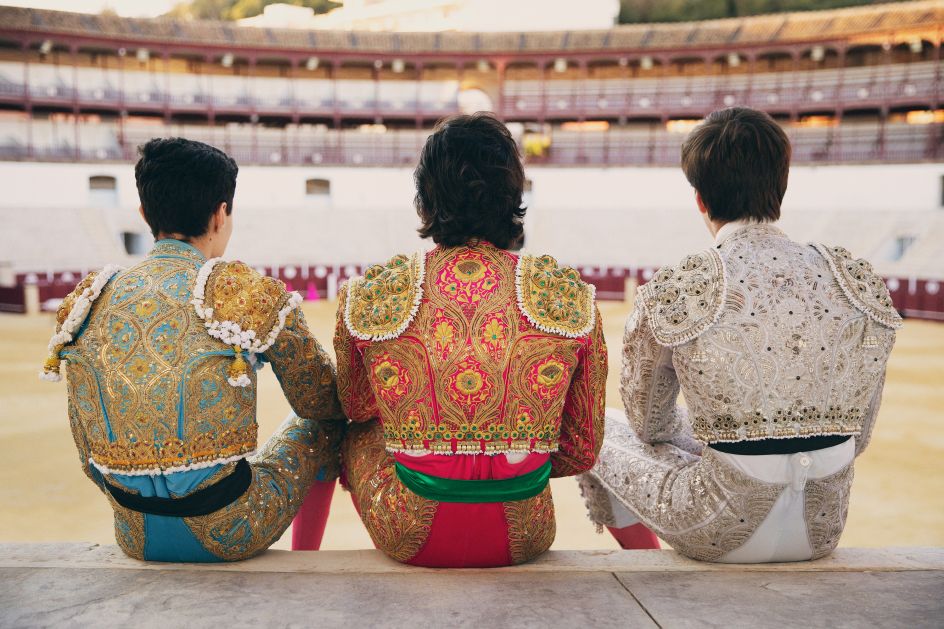
With Spain's Prime Minister Pedro Sánchez calling a snap election next month, bullfighting itself is on the line as voters have their say at the ballot box. The tradition is set to be influenced by the result, with statistics suggesting it is in irreversible decline "no matter how passionate its adherents are."
"The number of traditional bullfights in Spain decreased from 648 in 2009 to 349 a decade later," Owen explains. "In 2018-19, the last complete season before the Covid-19 pandemic, 5.9% of the population attended standard bullfights, or bullfights with bullocks or on horseback, compared with 57.8% who visited the cinema, according to the Survey of Cultural Habits and Practices in Spain.
"Interestingly, most of those who attended bullfighting events were aged 15-19, so the picture is complex."
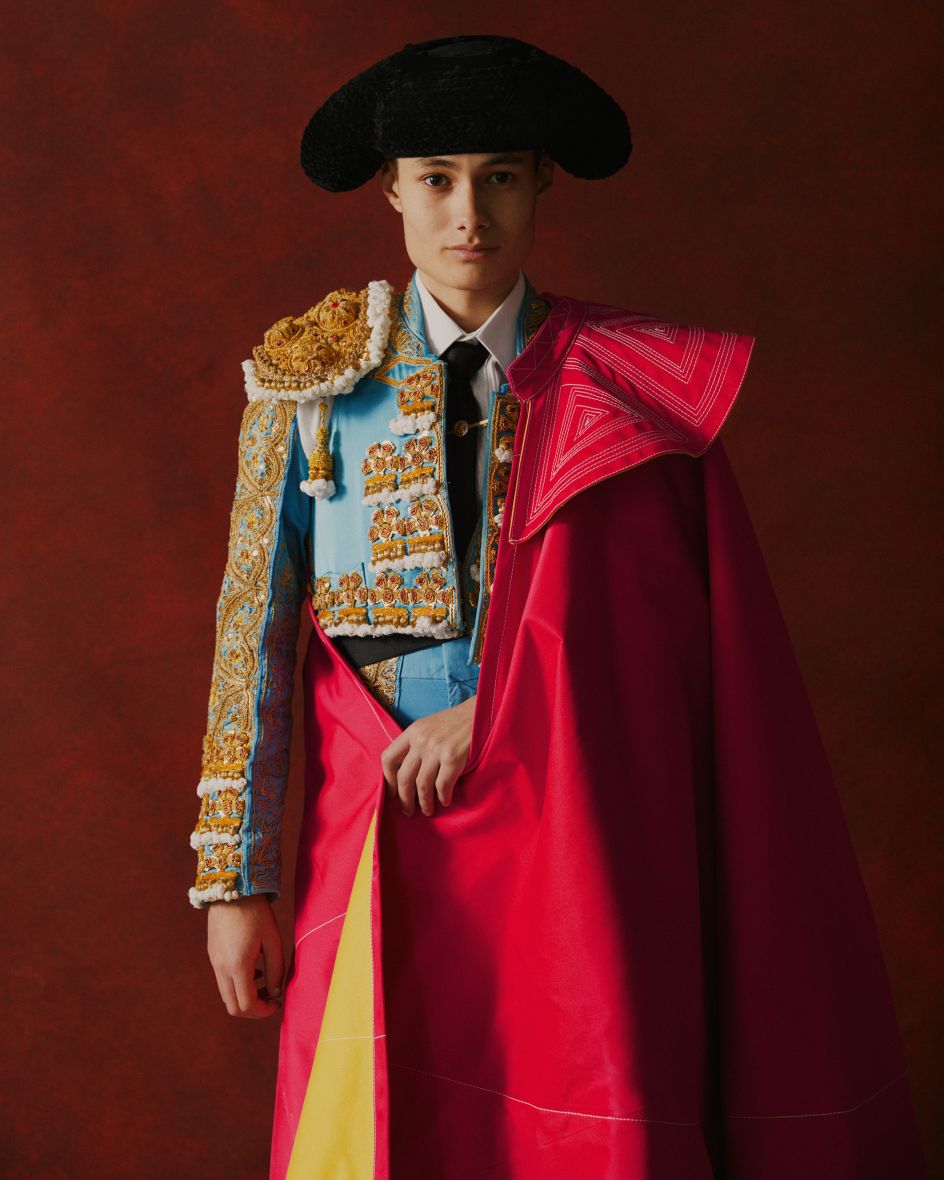




 by Tüpokompanii](https://www.creativeboom.com/upload/articles/58/58684538770fb5b428dc1882f7a732f153500153_732.jpg)


 using <a href="https://www.ohnotype.co/fonts/obviously" target="_blank">Obviously</a> by Oh No Type Co., Art Director, Brand & Creative—Spotify](https://www.creativeboom.com/upload/articles/6e/6ed31eddc26fa563f213fc76d6993dab9231ffe4_732.jpg)








